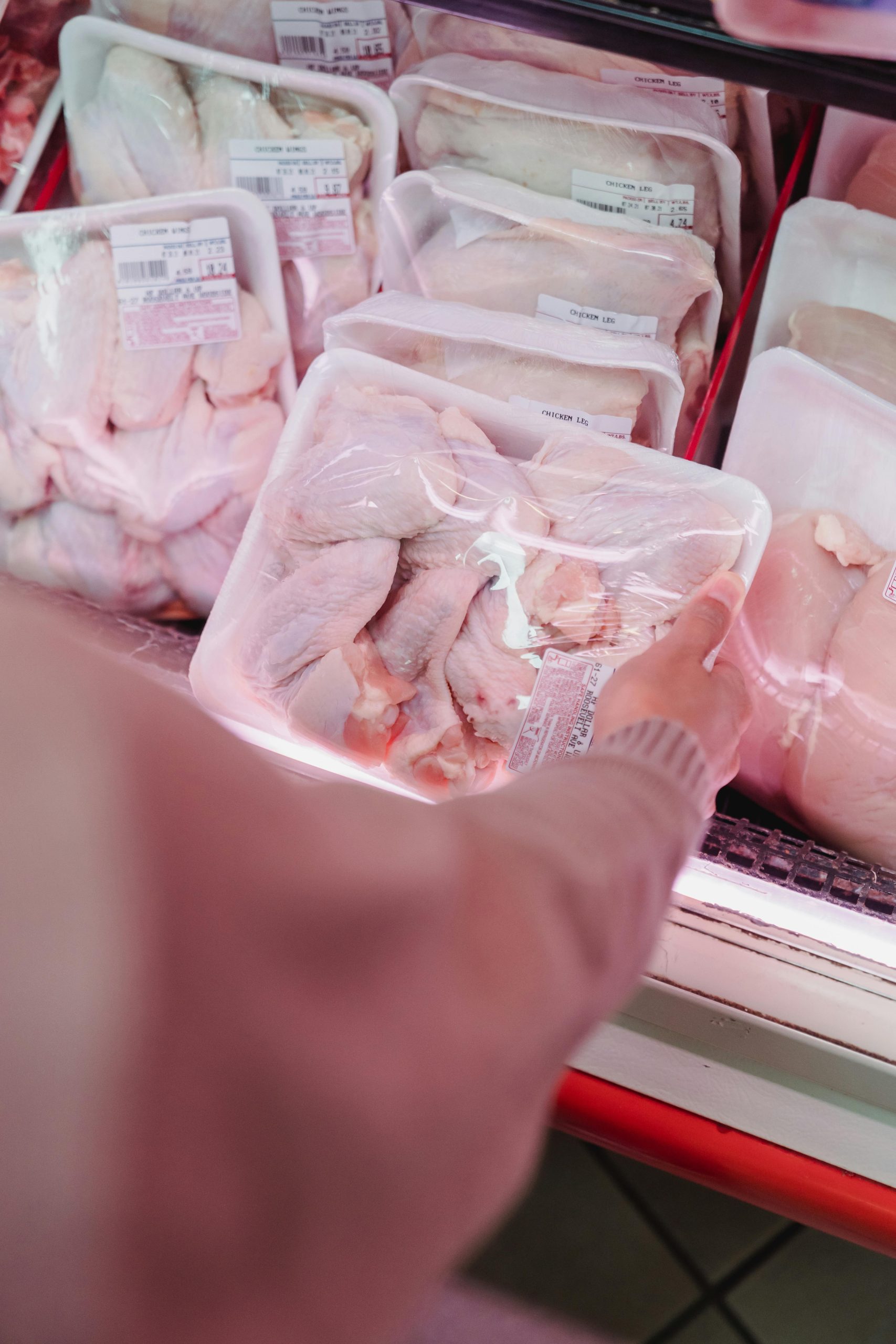When you buy a bag of frozen chicken breasts or fish fillets, the frosty, opaque packaging makes it difficult to see exactly what you are getting. While this packaging is necessary to protect the meat, it can also hide a variety of processing defects and quality issues. Food producers can use the bag to obscure problems that would be immediately obvious if the product were sold fresh. This leaves consumers in the dark about the true quality and value of their purchase until they open the bag at home.

Hiding Excessive Ice and Water Glaze
One of the most common issues is the use of excessive ice glaze. A thin layer of ice is necessary to prevent freezer burn. However, some processors will add a much thicker glaze of water or a salt solution to the meat before freezing. This adds a significant amount of weight to the product, which means you are paying a premium price for frozen water, not for meat. The opaque bag makes it impossible to see how much of the product’s weight is just ice.
Obscuring Severe Freezer Burn
Freezer burn occurs when a frozen product is exposed to air. That causes it to become dehydrated and develop tough, discolored patches. A high-quality frozen meat product should have very little, if any, freezer burn. However, a low-quality, poorly sealed bag can allow air to get in and ruin the meat. The frosty design of the packaging can make it very difficult to spot these tell-tale white patches before you buy.
Masking Poor Trimming and Excess Fat
When you buy fresh chicken or beef, you can see how well it has been trimmed. With a bag of frozen chicken breasts, however, you cannot. Some processors will cut corners by leaving an excessive amount of fat, skin, or other undesirable bits attached. You only discover this after thawing the product, at which point you are forced to trim it yourself and discard a portion of what you paid for.
Concealing Inconsistent Portion Sizes
A bag of frozen chicken tenders or fish sticks is supposed to contain uniform pieces, but that is not always the case. The packaging can hide a huge variation in the size and shape of the portions inside. You might open a bag to find a few large pieces and a large amount of small, broken scraps and breading. This inconsistency is a sign of poor quality control at the processing plant.
The Problem of “Plumping”

Many brands of frozen chicken are “plumped,” which means they are injected with a solution of saltwater or chicken broth. This adds weight and can make the chicken seem juicier. It also means you are paying for salt and water. While this practice must be stated on the label, the packaging’s marketing claims of “all natural” can distract from the fact that the product has been artificially enhanced.
What to Look For
While you cannot see through the bag, you can still look for signs of quality. A good quality product should have individually quick-frozen (IQF) pieces that you can feel moving around separately in the bag. If the contents of the bag feel like a solid block of ice, it is a sign that the product may have thawed and been refrozen. This is a major red flag for both quality and safety.
Have you ever been disappointed by the quality of meat from a frozen bag? What are your best tips for buying high-quality frozen products? Share your advice!
Read More
7 Packaged Meats That Were Pulled Due to Cross-Contamination Risk
10 Ways Meat Packaging Can Be Misleading or Mask Spoilage
The post Are Frozen Meat Bags Hiding Processing Defects? appeared first on Grocery Coupon Guide.







